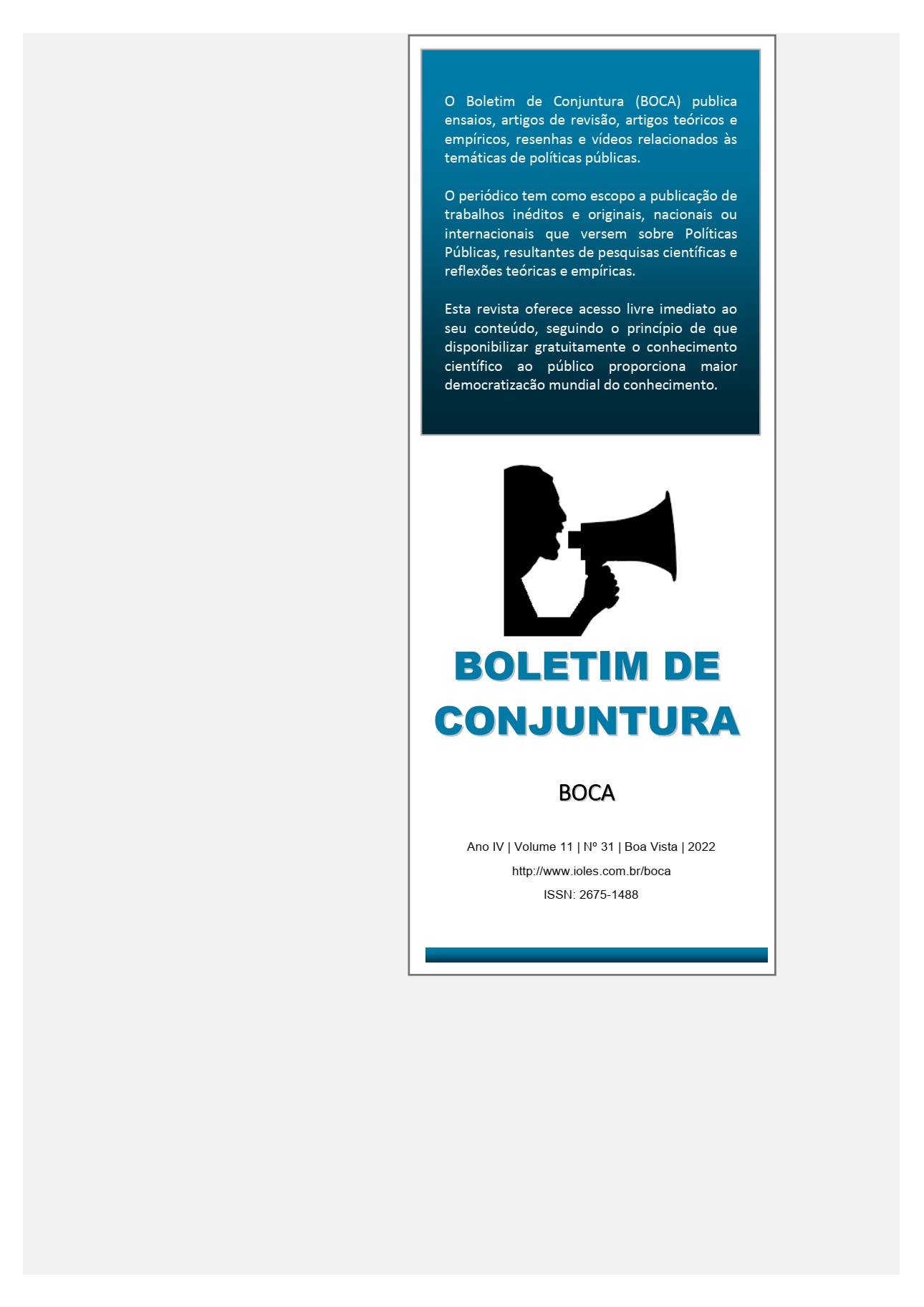LA THE EVOLUTION OF HOMOSEXUAL REPRESENTATION IN AUDIOVISUAL PRODUCTION: A COMPARATIVE STUDY IN THE BRAZILIAN CONTEXT
Main Article Content
Abstract
Homosexuality in Brazil is still a delicate issue, despite the great advances in rights by these individuals in society. Based on this theme, it was decided to evaluate the evolution of the representation of this group in Brazilian filmography. Objective and Methodology: In order to draw, through a comparative methodology, a parallel between the time of release, three cinematographic productions and a short were chosen during the period from 1967 to 1985 (O menino e o vento, 1967; Um clássico, dois em casa, nenhum jogo fora, 1968; Os imorais, 1979; Kiss of the Spider Woman, 1985) from the 20th century, while four feature-length productions were elected in the period from 2013 to 2018 (Tatuagem, 2013; The Way He Looks, 2014; Praia do Futuro, 2014; and Sócrates, 2018) of the 21st century, totaling eight productions in a time cut of 51 years (1967-2018) in national cinema. The inclusion criteria were the requirement that there be a male protagonist who had an affective or sexual interest in an individual of the same sex, while the exclusion criteria eliminate homosexual portrayals by secondary characters in the story. Results: In comparison with the works of the 20th century, the representations of the homosexual figure in Brazilian audiovisual productions have undergone great positive transformations. Marginalized models are being exchanged for more realistic representations. Discussion and Conclusion: Based on Foucauldian concepts of power over the bodies of marginalized subjects, the discussion concludes that the portrayal of homosexuality in older productions was a reflection of how cinema was a tool of social reproduction of oppression towards dissident sexualities based on in the popular imagination of his time.
Article Details

This work is licensed under a Creative Commons Attribution 4.0 International License.
Copyright (c). Conjuncture Bulletin (BOCA)
This work is licensed under a Creative Commons Attribution 4.0 International License.
References
REFERÊNCIAS BIBLIOGRÁFICAS
CIAVATTA, M. “Estudos comparados: Sua epistemologia e sua historicidade”. Trabalho, Educação, Saúde, vol. 7, 2009.
FOUCAULT, M. “Aula de 17 de março de 1976”. In: FOUCAULT, M. Em defesa da sociedade. Curso no Collège de France (1975-1976). São Paulo: Martins Fontes, 2005.
FOUCAULT, M. História da sexualidade: A vontade de saber. Rio de Janeiro: Edições Graal, 1988.
FOUCAULT, M. Microfísica do poder. Rio de Janeiro: Graal, 1979.
FOUCAULT, M. “The subject and power”. Critical inquiry, vol. 8, n. 4, 1982.
FOUCAULT, M. Vigiar e punir. Petrópolis: Vozes, 1977.
MARCONI, M. A.; LAKATOS, E. M. Fundamentos de Metodologia Científica. São Paulo: Atlas, 2003.
MORENO, A. A personagem homossexual no cinema brasileiro. Rio de Janeiro: FUNARTE/EDUFF, 2001.
SCHNEIDER, S.; SCHIMITT, C. J. “O uso do método comparativo nas Ciências Sociais”. Cadernos de Sociologia, vol. 9, 1998.
REFERÊNCIAS FILMOGRÁFICAS
AINOUZ, K. Praia do futuro. São Paulo: Coração da Selva, 2014.
BABENCO, H. O beijo da mulher aranha. São Paulo: HB Filmes, 1985.
BATISTA, D. L. Um clássico, dois em casa, nenhum jogo fora. São Paulo: Cinema do Século XXI Produções Artísticas, 1968.
CHRISTENSEN, C. H. O menino e o vento. Visconde do Rio Branco: Embrafilme, 1967.
LACERDA, H. Tatuagem. Recife: REC Produtores Associados, 2013.
MORATTO, A. Sócrates. Santos: Noruz Filmes, Querô Filmes, 2018.
RIBEIRO, D. Hoje eu quero voltar sozinho. São Paulo: Lacuna Filmes, 2014.
VIETRI, G. Os imorais. São Paulo: Marte Filmes, 1979.


